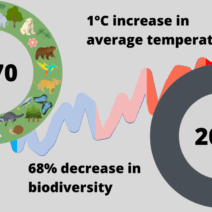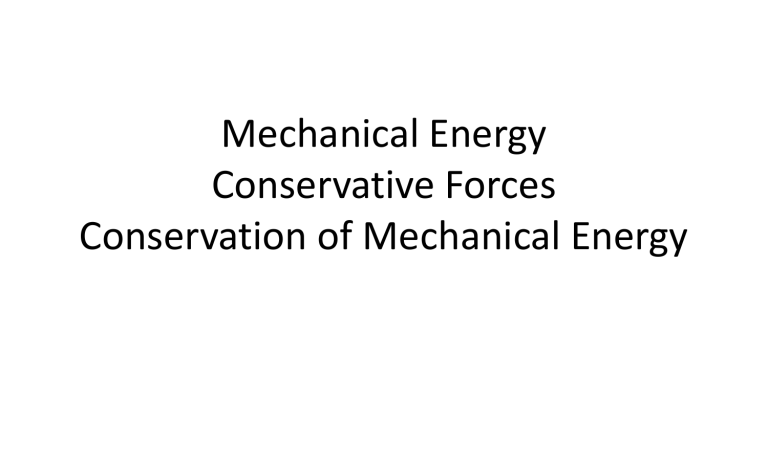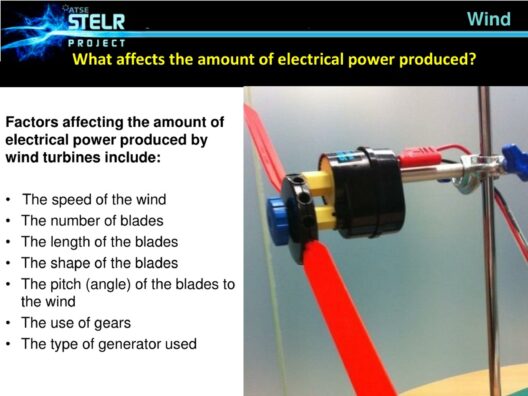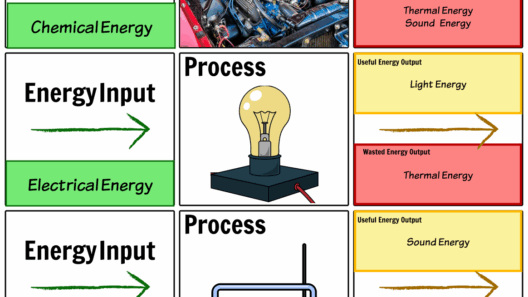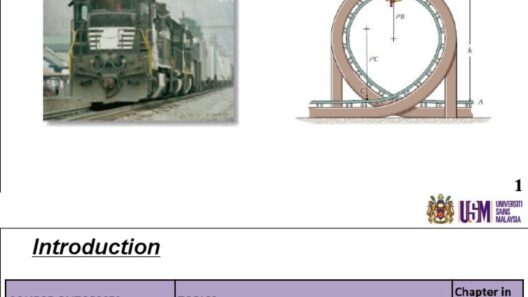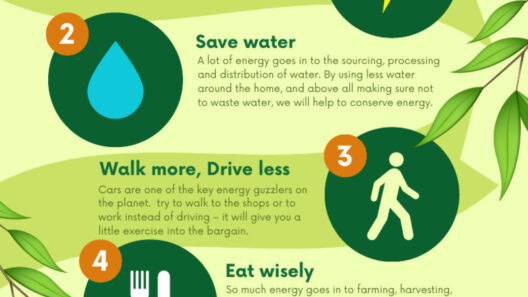In the grand tapestry of our modern existence, machines interweave seamlessly into our daily lives, performing myriad functions that seem nothing short of miraculous. From the simple motion of a bicycle, gliding effortlessly down a winding road, to the industrious whir of a washing machine, tirelessly combating the challenges of grime and stains, these contraptions encapsulate the essence of energy transformation. Within these mechanical marvels, a fundamental question illuminates the path toward understanding: Is energy truly conserved within the components of these daily machines?
To delve into this inquiry, one must first explore the concept of energy conservation, a principle underpinned by the laws of thermodynamics. The first law, often articulated as the law of energy conservation, asserts that energy cannot be created or destroyed; it merely changes forms. Imagine it as a prodigious river, flowing continuously, yet forever altering its course. This analogy serves as a poignant reminder that, while energy may shift between kinetic, potential, thermal, and other manifestations, its totality remains constant. This principle manifests vividly in various machines, inviting scrutiny and admiration as we dissect their inner workings.
Consider the quintessential bicycle, an embodiment of energy efficiency. When a cyclist propels the bike forward, the muscular effort emanating from the rider converts metabolic energy into kinetic energy, manifested by the motion of the wheels. In an ideal scenario, friction and air resistance merely serve as gentle murmurs in the backdrop, suggesting that the energy exerted by the cyclist harmoniously translates into movement. However, in practice, gravity, road resistance, and wind introduce a cacophony of forces undermining this delicate balance. Thus, while energy is conserved in theory, practical constraints dictate that not all exerted energy contributes to forward motion. This competition between idealism and reality unveils an intriguing paradox: energy is conserved, yet its efficiency is crufted by the inevitability of losses within mechanical systems.
Transitioning from the simplicity of a bicycle to the intricate machinery behind a washing machine further highlights the multifaceted nature of energy conservation. The appliance operates on an intricate ballet of components—motors, pumps, and electrical circuits—each designed for multitasking. As electrical energy ignites the motor into motion, it transitions into kinetic energy, which in turn powers the agitating arms. Herein lies a fascinating transformation: the washing machine harnesses kinetic energy to dislodge dirt from fabric, ultimately converting that energy into gravitational potential energy as wet clothes settle at the bottom of the drum. However, this energy metamorphosis is not without its losses. The friction within the motor, heat generated during operations, and vibrations that dissipate energy into the environment all factor into the efficiency equation. While the overarching law of conservation holds firm, the delicate interplay of forces within such machines underscores the complex reality of energy dynamics.
Elevating the discussion, let us navigate to the realm of automobiles. A veritable symphony of internal combustion, automobiles embody the quintessence of energy conversion. The combustion of fuel ignites chemical energy, which transmutes into thermal energy, subsequently propelling pistons and generating kinetic energy for vehicle motion. Indubitably, one must reckon with the enigma of efficiency here. Despite the allure of sleek designs and advanced engineering, losses relatively proliferate—such that only about 20% of the energy contained within fuel is utilized for actual movement. The remainder dissipates largely as heat, illustrating that while energy remains conserved on a grand scale, our methods of harnessing it are often riddled with inefficiencies. This irrefutable fact beckons reflection on the rapidly evolving landscape of automotive technology, as budding innovations in electric vehicles, hybrids, and alternate fuels seek to harmonize energy use with environmental stewardship.
Innovations notwithstanding, the essence of energy conservation extends far beyond mechanical machinations. Within our households, appliances such as refrigerators and microwaves also participate in this energy dialogue. Refrigerators convert electrical energy into thermal energy, efficiently transferring heat away from the interior space to maintain a chilly environment for food preservation. The delicate equilibrium achieved by these machines is a testament to engineering prowess. However, it remains essential to acknowledge that energy seepage occurs in the form of heat loss through insulation, emerging as a reminder that even the most advanced technology is not impervious to the laws of nature.
As we traverse this exploration of machines, the eloquence of energy conservation reveals itself as a nuanced phenomenon, mingling with the allure of human ingenuity and the tantalizing promise of efficiency. Each mechanical artist—be it bicycles, washing machines, or automobiles—tirelessly strives to optimize energy use while wrestling with the inherent limits of design and environmental constraints. This intricate dance between efficiency and loss bespeaks a wider narrative about our relationship with energy, urging us to innovate relentlessly while respecting the timeless principles governing our world.
Ultimately, the quest for energy conservation in the components of daily machines serves as a microcosm of larger environmental aspirations. The dialogue between technology and ecology posits that while energy may be conserved, our discernment in usage and innovation remains pivotal. As society advances, the collective pursuit of efficiency, embodied in each machine’s intricate design, stands testament to the potential of harmonizing human activity with sustainable practices, spearheading a journey towards a future where energy conservation transcends mere principle, resonating as a core ethos of our existence.

